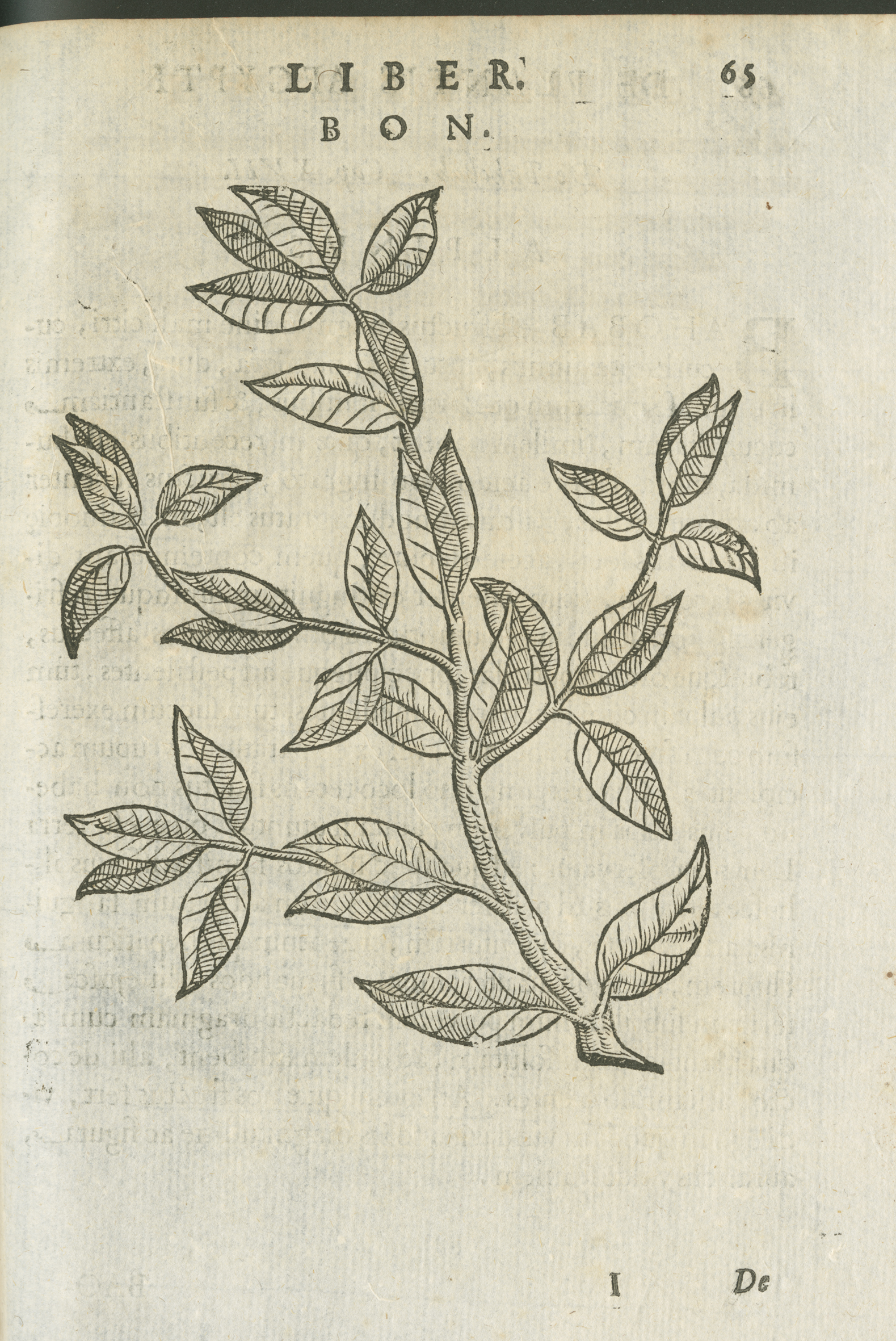Plantagen
Bis 1699 wurde Kaffee nur im Jemen angebaut, und die dortigen Kaffeebauern bewachten eifersüchtig ihre Monopolstellung. Der niederländischen Handelsgesellschaft V.O.C. gelang es schließlich, Coffea arabica nach Java zu schmuggeln und dort erfolgreich zu kultivieren. Mitte des 18. Jahrhunderts hatte der Arabica-Kaffee via Amsterdam auch die Neue Welt erobert. Einige wenige Setzlinge wurden zur genetischen Basis für Millionen von Kaffeesträuchern auf den Plantagen weltweit. Kaum eine andere Kulturpflanze hat Landschaft, Wirtschaft und Gesellschaft so vieler Länder so einschneidend geprägt wie der Kaffee. Zehn Länderstationen präsentieren ausgewählte Objekte und Geschichten rund um ökonomische, soziale und ökologische Aspekte des Kaffeeanbaus in den letzten drei Jahrhunderten.
Plantations
Until 1699, Coffee was cultivated in Yemen only, as the local coffee farmers vigorously guarded their monopoly. The Dutch trading company V.O.C. managed to smuggle Coffea arabica plants to Java and cultivate them successfully. In the mid-18th century, Arabica coffee had already conquered the New World via Amsterdam. Few seedlings had become the genetic basis for millions of coffee plants on plantations worldwide. Few other economic plants have shaped landscapes, economies and societies of so many countries in such a radical way. Ten country stations present selected objects and tell stories about the economic, social and cultural impact of over three centuries of coffee growing.
 |
 |
links | left: Kaffeedose aus Tansania, 1990er. Coffee tin from Tanzania, 1990s. rechts | right: Erste wissenschaftliche Abbildung einer Kaffeepflanze 1592. First scientific drawing of a coffee plant 1592. |
